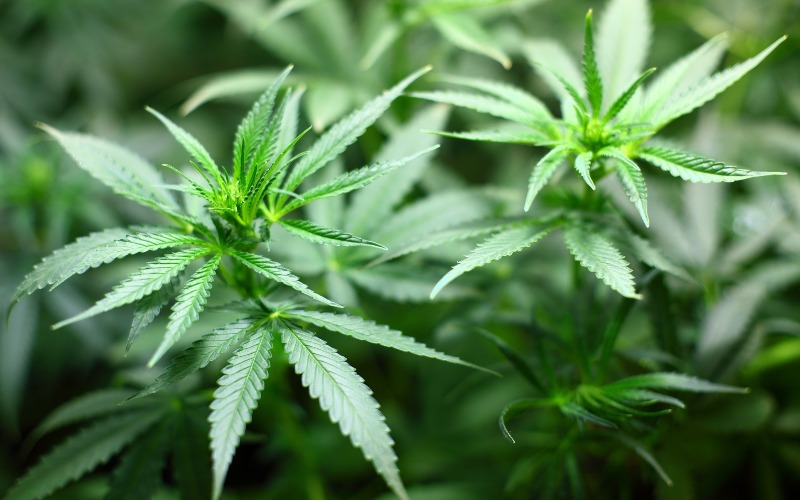There is a growing belief that cannabis is a safe and natural way to treat common ailments that come along with pregnancy, such as morning sickness and anxiety. As legal access to cannabis has increased, pregnant women have increasingly turned to the drug to treat such symptoms.
Although emerging evidence indicates that prenatal cannabis exposure (PCE) may have long-term consequences for babies’ brain development, how that exposure affects the maturation of the neuronal system remains unclear. Some data suggest that PCE can result in aberrant dopaminergic function and subsequent neuropsychiatric disorders.
New research from a multi-institutional group led by Miriam Melis, PhD, associate professor at the University of Cagliari, Monserrato, Italy, suggests that for male rats, prenatal exposure of THC—the main psychoactive component of cannabis—is linked to hyperactive dopamine neurons, and increased sensitivity to the behavioral effects of THC during pre-adolescence.
This work is published in Nature Neuroscience, in a paper titled “Prenatal THC exposure produces a hyperdopaminergic phenotype rescued by pregnenolone.”
Melis modeled prenatal cannabis exposure in rats by administering THC to pregnant mothers and examining their offspring during adolescence. Melis and colleagues show that male, but not female, offspring of Δ9-tetrahydrocannabinol (THC)-exposed dams, a rat PCE model, exhibit extensive molecular and synaptic changes in dopaminergic neurons of the ventral tegmental area of the brain. The dopaminergic neurons in this area of the brain, which is involved in reward and motivation, were hyperactive.
The authors also found an increased susceptibility to THC in male, but not female, offspring in the pre-pulse inhibition paradigm, a measure of behavioral modulation that is impaired in many psychiatric diseases.
The authors were able to correct these behavioral and neural changes by treating the adolescent rats with the neurosteroid pregnenolone, an FDA-approved drug currently under investigation in clinical trials for cannabis-use disorder, schizophrenia, autism, and bipolar disorder. They noted that the pregnenolone rescued synaptic defects and normalized dopaminergic activity and behavior in PCE offspring, thus suggesting a therapeutic approach for offspring exposed to cannabis during pregnancy.
In a recent review on the consequences of perinatal cannabis exposure, Melis and colleagues wrote that “it is crucial to highlight the immediate and protracted consequences of cannabis exposure on pre- and postnatal development.” Taken together, the marketing and the increased perception of its safety have led to an increase in the use of cannabis among pregnant women with a prevalence rate of 3–16% in Western societies. Although the use of medical cannabis for nausea and vomiting is approved in several states and countries, no legal distinction or warning for its use during pregnancy is mentioned.



